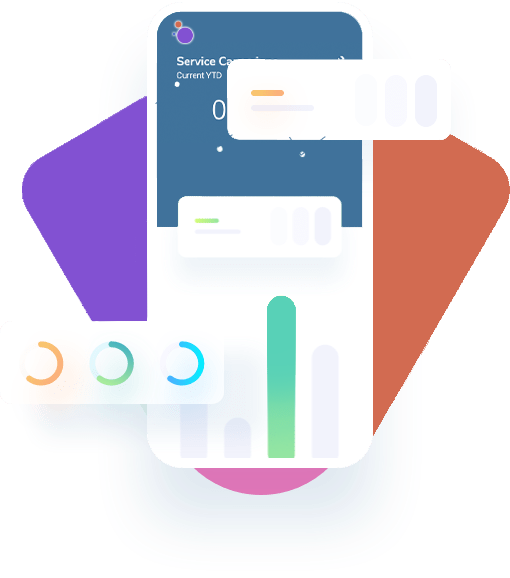Customer Data Management, also known as CDM, is an ethical process an organization employs to collect, store, and evaluate customer information from the database to improve its services. If done effectively, CDM can:
- Improve sales,
- Strengthen customer relationship
- Increase customer retention.
- It can also help define more effective ways of marketing campaigns
Why marketers need to focus more on CDM
As customers’ expectations evolve, marketers can come up with a significant personalization tool that will involve their customers throughout their customer experience journey. An organization needs to know its customer base to be successful in business, the more reason why Customer Data Management should be taken seriously. Here are some of the reasons why a marketer should give more privilege to CDM.
CDM creates brand awareness
For competitive products, you have probably realized that most customers rather purchase from the brands they are familiar with, regardless of the price or quantity. This is why as a marketer, you need to take advantage of the customer database and define ways you can reach them. Send them emails or text messages about your products’ special offers, new products, or any information that can help strengthen that company-customer bond and trust.
Identifies loyal customers
Through CDM, a marketer can identify its loyal customers. From there, you can decide to give them special treatments to make them feel valued and appreciated. You can send them emails marketing the products they prefer, get the information from the database, and send them discounts and different offers. When these customers feel value, they build trust in your brand and even share it with others, which can greatly improve your sales.
Use CDM to improve your customer service
The success of your business depends on the happiness and fulfillment of your customers, so you need to improve it. You can fetch information about your customers’ buying trends, their feedback, and their reviews on your services from the database. Use this information to better your customer services, like putting all their needs into account hence minimize your chances of making mistakes.
Helps in launching other products
From your most loyal customers, gather the information that can help you improve your next products. You can send them the new products and let them give their honest opinions before releasing them to the market. Their constructive critics will show you where you need to improve, so you don’t run at a loss when you launch them publicly to the target market.
Elements of a CDM strategy
These days, marketing is customer-centric, which means that as a marketer, you must deliver personalized experiences to every customer in your database depending on their needs and buying trends. Therefore, a good CDM pattern must allow important customer information across all the departments in the organization to enable real-time feedback to customer’s reviews and provide truth to marketing. Below are the key elements of a CDM strategy
Collecting data and integration
If you’re looking forward to creating an integrated and strategic CDM, this should be your very first step. The marketer has to ensure that no meaningful data coming to the company through various points go to waste. But, you can’t just take an interest in all the data coming into the system. To know which ones to ingest, define your marketing strategy goals, know the touchpoints that affect your key performance in any way, then filter out the points you must track.
Managing data
Here, you need to connect all the dots from the data points to build unified profiles for the individual customers or the company’s segments. You would probably involve probabilistic resolution or even create identity graphs to achieve this. For applications that you must run through a data management platform, you must first anonymize your data to create other identical segments.

Data analysis
As a marketer, on reaching this stage, use the data to build different sections that are hugely targeted, those that are identical to customer profiles. You can also conduct some predictable analysis to see the outcome of their campaigns.
Activating data
At this point, you define how you’ll move this data into marketing technology and how you’ll use it to run data-driven campaigns. For these reasons, you need to integrate the marketing systems with the data, performance tracking systems, and analytics analysis to optimize campaigns in real-time.
Data management technology tools
These technologies help deal with the complexity that comes with customer activation, analytics, and integration when executing a CDM strategy. They include
- Customer Data Platform-CDP: This technology helps in creating a view of the customer that is unified and persistent. It also avails this data to other marketing systems so they can start running their marketing campaigns.
- Data Management Platforms-DMP: This is a software tool responsible for storing and managing audience data and campaigns.
- Customer Relationship Manager-CRM: They track the relationship your customers have with the company by engaging them. They can only keep data if there is some communication between your brand and the customer.
Customers these days want more than just personalization. They need a personalization that is beneficial to them when at the right time and through a channel they can trust. You can achieve this when you involve an excellent Customer Data Management strategy following the key elements above.
To understand more about data management and how it can help your overall sales, contact us today.

